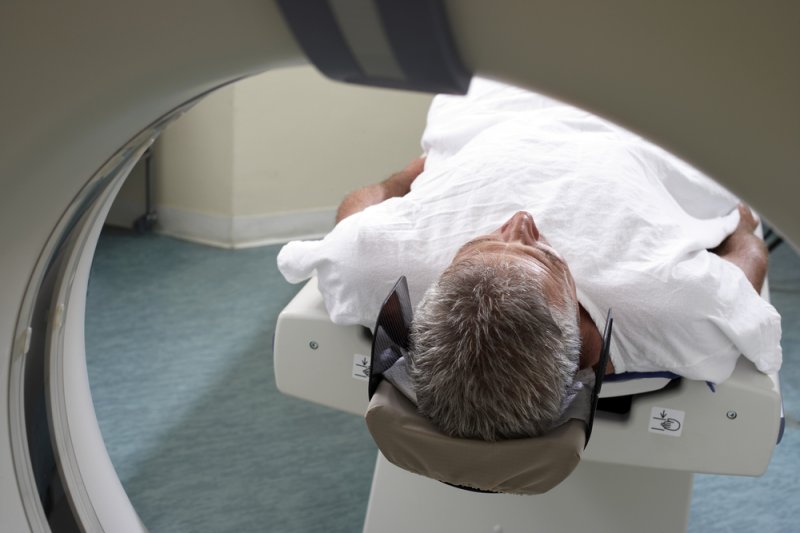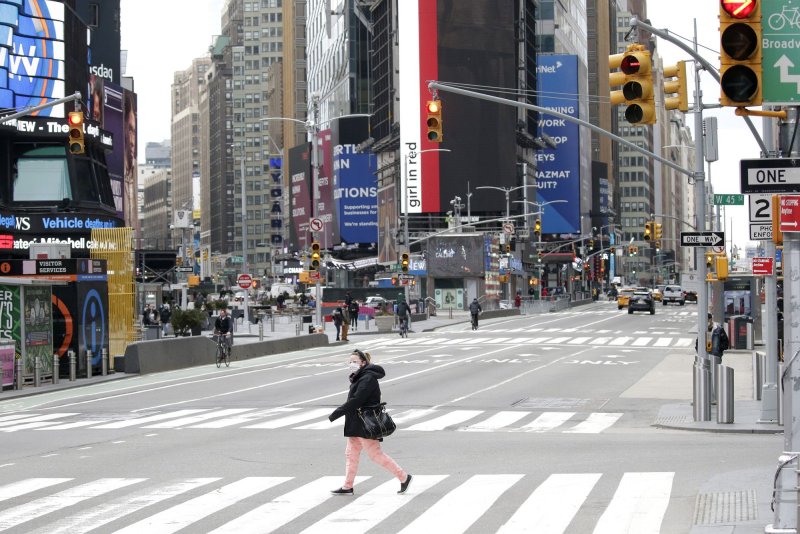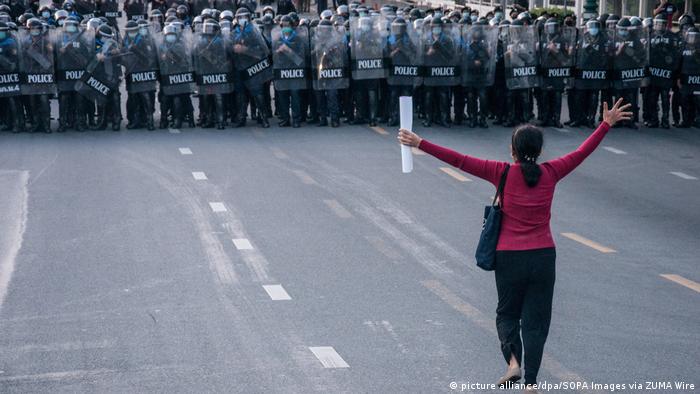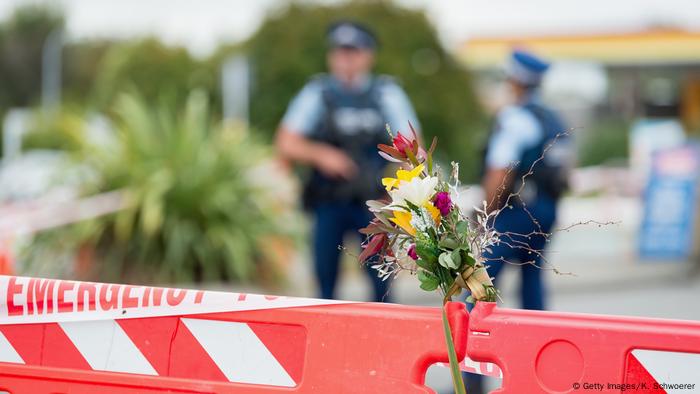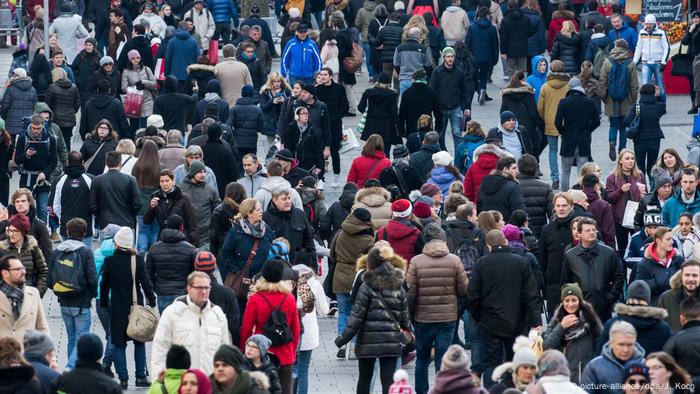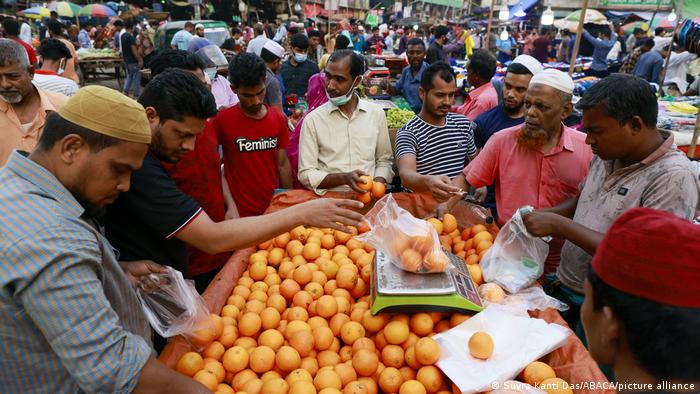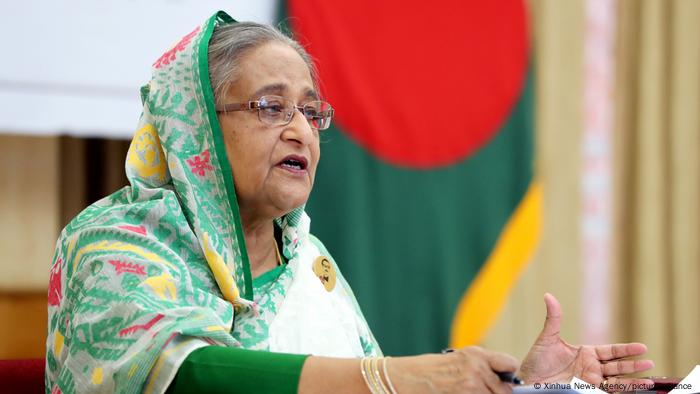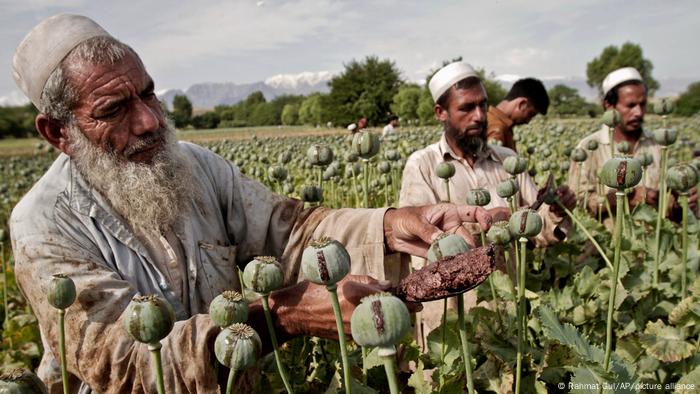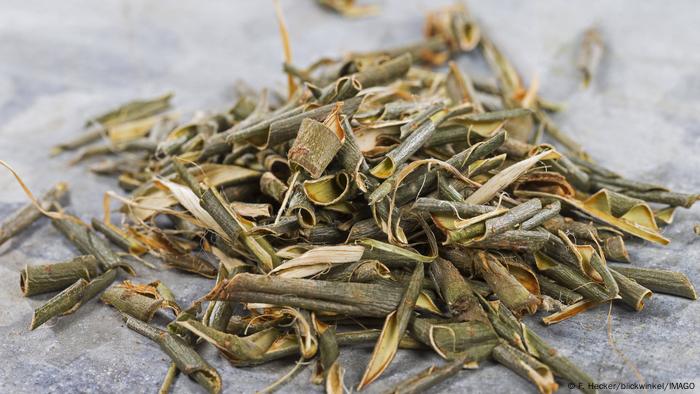Toronto Sun

© Provided by Toronto Sun
Three unions are calling on the Canadian government to intervene in the ongoing case of five Canadians being held in the Dominican Republic — for reporting a crime.
The Air Line Pilots Association International (ALPA), Canadian Union of Public Employees (CUPE), and Unifor are launching a public campaign in hopes of getting the Canadians safely returned home.
The nightmare started in early April when the Canadian aircrew of a Pivot Airlines plane and seven passengers were preparing to fly from Punta Cana to Toronto.
As reported in the National Post, a mechanic reported to the flight captain that he had discovered a black suitcase in the avionics bay.
Authorities were notified at once. Anti-narcotics investigators searched the plane and found seven bags packed with cocaine — with an estimated street value of $25 million.
According to Pivot Airlines, the two pilots, two flight attendants, a mechanic and the seven passengers were imprisoned in the Dominican after the contraband was found.
Jail conditions for the men were reportedly particularly unsavoury.
Almost everyone in the group was released on bail around April 18, but they were advised not to leave the country.
Dominican prosecutors claim all involved are somehow part of a trafficking scheme; it’s an interesting stance, considering that one of the crew discovered the drugs and another reported the find to authorities.
Defence lawyers have cited a lack of evidence in the case. The local judge who granted bail agreed.
But the standoff continues.
The Canadians have fears for their safety, given that somebody somewhere in the drug trade is out some 200 kg of narcotics.
Now the unions are standing up for their members.
According to their news release, for more than 40 days, the Canadian aircrew — which includes two CUPE members, one ALPA member, and one Unifor member — “have been arbitrarily detained, threatened, and prosecuted,” after discovering and reporting the drugs.
Noting that it is entirely unacceptable that members were jailed for dutifully reporting a crime, Capt. Tim Perry, president of ALPA Canada, said, “We are urging the Canadian government to take serious action and help bring our crew home.”
The three unions represent more than 90 000 airline workers and now caution all travellers and employees about the risks of travel to the Dominican Republic.
The prosecutor in the Dominican hopes to have bail revoked and wants to hold the Canadians for up to 12 months in jail as the case is investigated.
“The Canadian government needs to do all in its power to bring the Pivot Airlines crew safely back home,” said Scott Doherty, the executive assistant to Unifor’s national oresident, expressing concern for the safety of those being held.
As part of this campaign, ALPA, Unifor and CUPE have online petitions available for all to sign; they urge their members to write the Minister of Foreign Affairs, Melanie Joly, and ask her to call for the immediate release of these Canadians.


